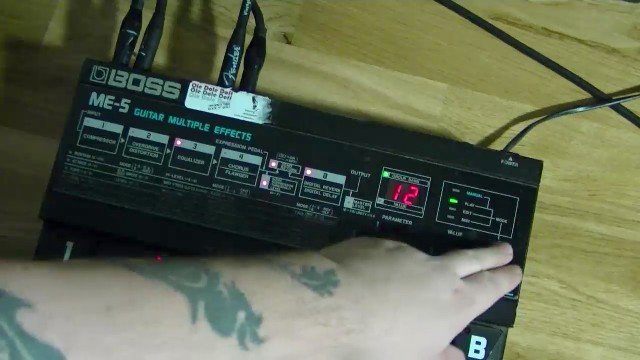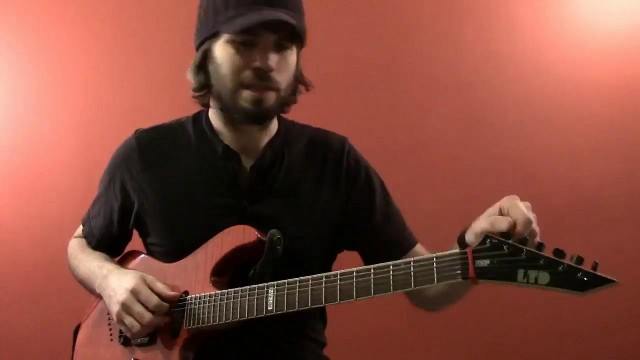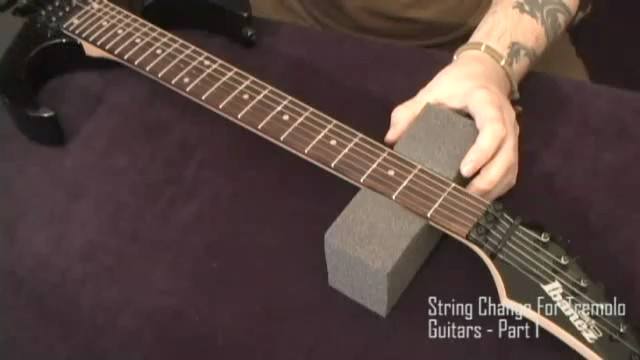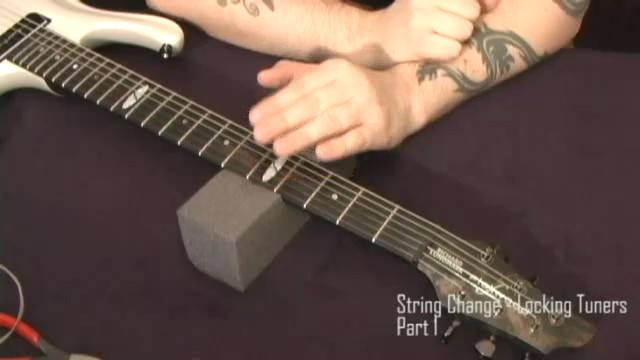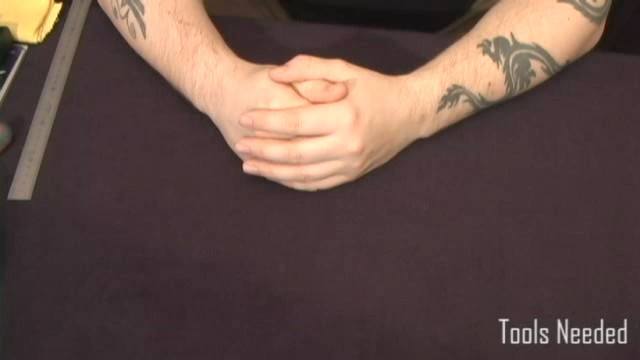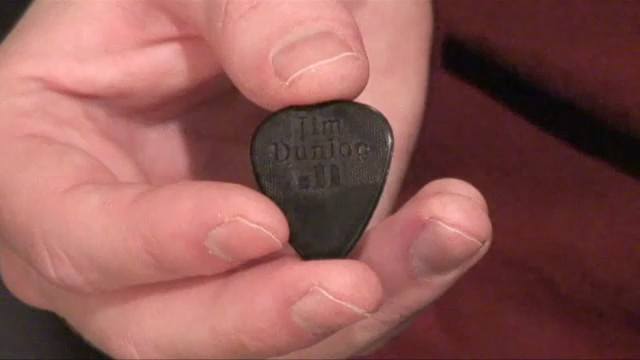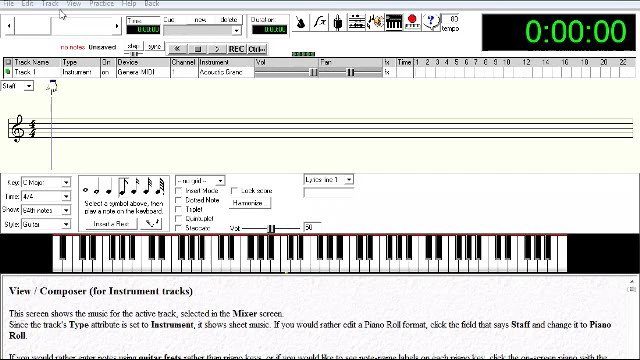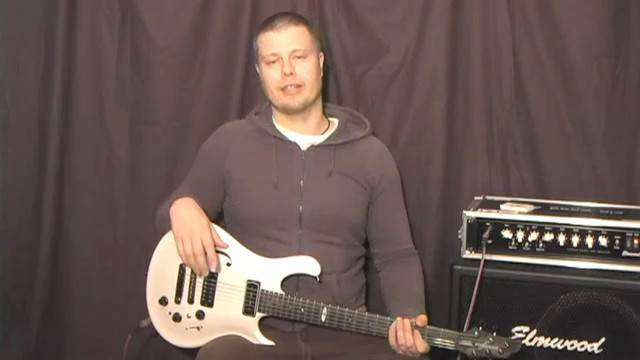Welcome to this tutorial on ear training techniques!
I’m sure many of you have already had some kind of ear training in school, and are familiar with the concept. What I want to do here is to perhaps give you some new exercises that will help strengthen your ear even more, and fill in any gaps that you might have in your hearing.
We will go through several different types of exercises both for individual interval training, but also for developing a greater melodic sense in improvisation.
I will also discuss how to test yourself, and how to plan your session short and long-term.
You will need a well-tuned instrument, and a deck of cards, be it playing cards or whatnot. Then you should write down the 7 notes of the c major scale, and then that times 3. Then write each note both flat and sharp. So, you will have 21 cards in total that reads; Cb, C, C#, Db, D, D#, Eb, E, E# and so on. Learning the intervals from notes like E# or CB might seem like overkill, but is very important for you to have a full grasp of the concept of relative pitch. It should be like the times-tables you learned in school. I should be able to wake you up a 4am and ask you “what’s a minor 6th up from a Fb?” and you should answer without hesitation “Db”, AND be able so sing that interval perfectly.
I'm sure you have a reference guide for intervals, but I'll write out one below just in case, and I leave it up to you to study the composition of chords, such as that the F in relation C is the 4th, but if we have the third in the chord, we must label that fourth as 11, and such things:
Perfect Unison = P1 or 1 = C-C
Minor Second = m2 or b2 = C-Db
Major Second = M2 or 2 = C-D
Minor Third = m3 or b3 = C-Eb
Major Third = M3 or 3 = C-E
Perfect Fourth = P4 or 4 = C-F
Augmented Fourth = +4 or #4 or aug4 = C-F#
Diminished Fifth = -5 or b5 or dim5 = C-Gb
Perfect Fifth = P5 or 5 = C-G
Augmented Fifth = +5 or #5 or aug5 = C-G#
Minor Sixth = m6 or b6 = C-Ab
Major Sixth = M6 or 6 = C-A
Minor Seventh = m7 or b7 or dom7 = C-Bb
Major Seventh = M7 or 7 or maj7 = C-B
Perfect Octave = P8 or 8 = C-C
Augmented Octave = +8 or #8 or aug8 = C-C#
Minor Ninth = m9 or b9 = C-Db
Major Ninth = M9 or 9 = C-D
Augmented Ninth= +9 or #9 or aug9 = C-D#
(Such as in the "Hendrix" chord, where the m3 is labeled #9 since the Major Third takes presidency)
(The third is third regardless of octave, so no "10th" degree).
Perfect Eleventh = P11 or 11 = C-F
Augmented Eleventh = +11 or #11 or aug11 = C-F#
Minor Thirteen = m13 or b13 = C-Ab
Major Thirteen = M13 or 13 = C-A
So start writing out those cards, tune that guitar, and let’s go!








